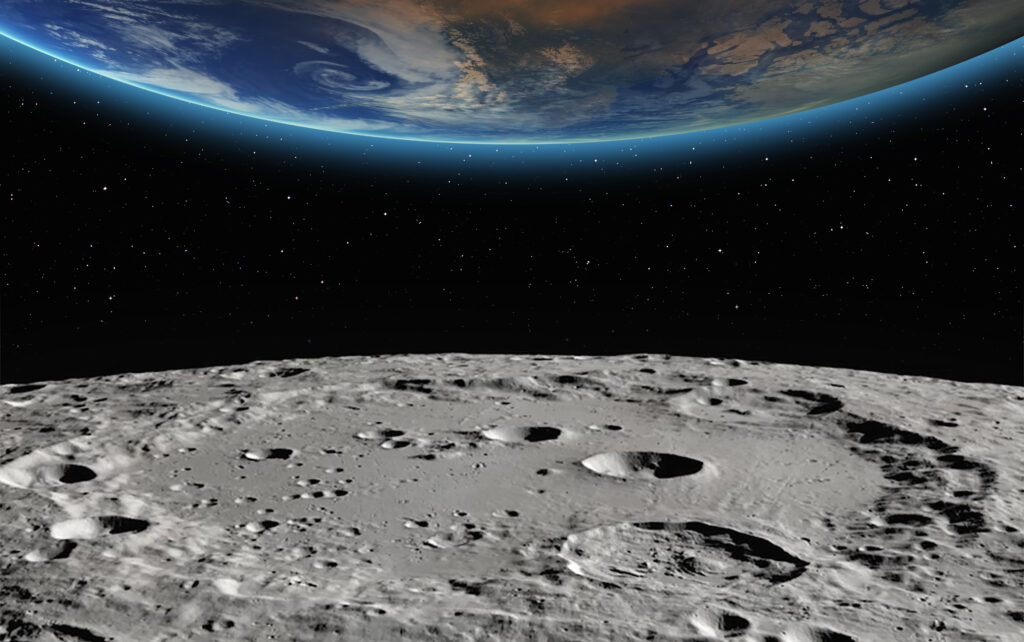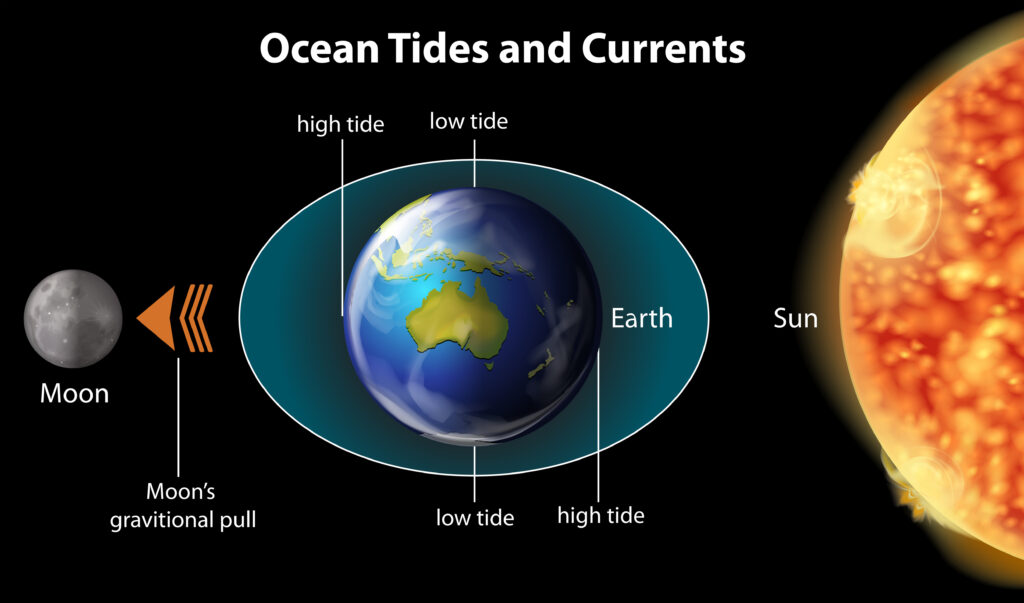
The moon has perpetually been a beacon of curiosity to humankind, always in the sky urging us to look up and beyond. In the mid-20th century, this fascination sparked a historic rivalry between the United States and the Soviet Union, known as the Space Race. This era was marked by extraordinary milestones: satellites orbiting Earth, humans venturing into space and the landmark event of a man setting foot on the moon – a moment etched in history with the phrase, “One small step for (a) man, one giant leap for mankind.” It was an era where the impossible became possible – though some still question if it was a monumental human achievement or an elaborately crafted façade.
Yet, one thing remains clear, the concept of humans being able to land on the moon ignited a spark within the scientific community and challenged our perception of what is possible. The legacy of these missions inspired ongoing exploration, even recently leading to the launch and subsequent landing of Japan’s SLIM (Smart Lander for Investigating Moon) moon lander – making Japan the fifth country to successfully land on the moon.
Japan’s Moon Lander: A Leap Forward
On January 19th, 2024, the Japan Aerospace Exploration Agency (JAXA) marked a significant milestone with the successful landing of its SLIM moon lander, which had been launched September 2023 (2). While the landing was meant to be on its side to avoid tipping on the terrain, an engine failure during its descent resulted in the SLIM moon lander making an unanticipated landing – upside down. This unexpected orientation left the engine nozzle pointing toward the sky and the solar panels turned away from the lunar morning sun (1,2).
Despite this challenge, the lander was able to capture some black and white images of the landscape and release two rovers to explore before the SLIM moon lander had to shut down to conserve energy, not even 3 hours after landing. Scientists patiently waited to see if the SLIM moon lander would regain operation during the two-week lunar afternoon, 10 days later, when the sun would be able to illuminate the solar panels (1,2).
Good News! The SLIM was able to awaken, and images could be captured with the Multi-Band Camera, able to reveal intricate lunar rock compositions. The camera responds differently to each of the minerals that are in the rock due to different wavelengths and will hopefully provide invaluable insights into the moon’s geological history (1).
Currently, the lander’s operational longevity remains uncertain due to its solar panel positioning and limitations when it comes to surviving lunar nights (1,2). Yet, regardless of these challenges, the SLIM moon lander has been an unconventional success, powering through and pushing to provide more knowledge of the moon.
Why Study the Moon?

- Further Space Exploration:
- The moon’s proximity to Earth makes it a prime place to test new technologies and possible strategies for further human and robotic space missions. By providing a real-world environment, scientists can test and refine for more ambitious space exploration.
- Insights into Earth:
- Migration cycles of animals, weather, Earth’s magnetic field etc., the moon plays a major role in our planet’s environmental balance and can even be connected to why Earth has 24-hour days (3). Understanding the moon can help us unravel Earth’s past and present, how it’s gravitational pull might have affected the tides and even look further into the Giant Impact Hypothesis.
- Potential Resources:
- Some important resources reside on the moon, including various metals, rare Earth elements and water ice (which can be split into hydrogen and oxygen for fuel) (3). The SLIM moon landing provides another chance for scientists to dig deeper into the resources the moon has to offer.
Conclusion
From myths to groundbreaking achievements like Apollo 11 or even modern-day moon landings like the SLIM moon lander, the moon has always inspired people’s imaginations. Even Promega is drawn to the sky’s mystique, as evidenced by their Bell Burnell Observatory, with cutting-edge telescopes aimed at the cosmos. While challenges still exist around making it to the moon, as seen by our upside-down lander friend, such missions show the relentless drive of humans toward innovation and the essential nature of exploration – even beyond Earth.
Citation:
- Japan Explains How It Made an Upside-Down Moon Landing. (2024, January 25). The New York Times. https://www.nytimes.com/2024/01/25/science/japan-moon-lander-slim.html
- Moon lander: Japan’s Slim reactivates and gets to work. (2024, January 29). Www.bbc.com. https://www.bbc.com/news/science-environment-68131105
- Stone, E. (2021, August 9). 5 Reasons why the Moon is important to Earth. Little Astronomy. https://littleastronomy.com/5-reasons-why-the-moon-is-important-to-earth/
Latest posts by Shannon Sindermann (see all)
- What do Exosomes have to do with Cancer Research? - May 30, 2024
- SLIM Chances: Upside-down, but not Out on the Lunar Surface - February 27, 2024
- Uniting Diverse Minds, Vibrant Ideas, and Collaborative Spirit at the 2023 Biologics Symposium - December 13, 2023
